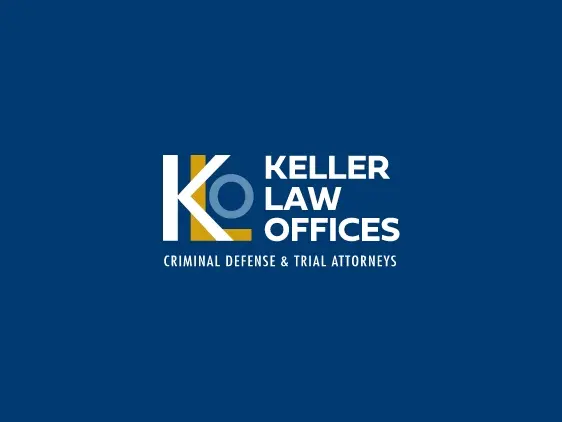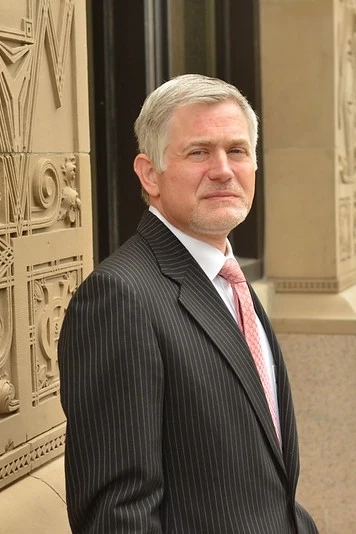Earlier this month the National Transportation Safety Board made a recommendation that states should lower the legal limit to drive to 0.05 percent blood alcohol concentration. Readers of this blog may understand that Minnesota law currently sets the legal limit at 0.08 percent–that is the point at which the law presumes impairment of any driver, regardless of other factors. Generally, Minnesota’s DWI laws allow authorities to seek DWI charges based upon alleged evidence of impairment without the alcohol test, but many cases involve multiple charges as prosecutors hope to cover their bases.
We have also discussed issues surrounding the accuracy and reliability of alcohol testing as DWI defense lawyers have raised issues challenging the science of alcohol testing methods. Many commentators say that lowering the threshold for DWI charges to 0.05 percent may not do much to curb alcohol related crashes, while increasing the number of DWI cases filed against drivers who may not be impaired by the lower threshold.
One group known for its advocacy for making drunk driving laws stronger, Mothers Against Drunk Driving, reportedly is not fully endorsing the NTSB recommendation. MADD officials reportedly prefer to focus on such ideas as greater use of ignition interlocks, high visibility law enforcement procedures and technological changes to vehicles to prevent drunk driving (which seems to overlap the ignition interlock idea).
DWI charges can carry significant penalties, even for a first-time offense under Minnesota law. Our laws up the ante further for second and subsequent DWI offenses. Lowering the threshold will undoubtedly expose a greater number of drivers to criminal consequences based upon the theory of presumed impairment should such a recommendation ever be enacted in Minnesota. Later this week we will continue discussing the recent NTSB recommendation.
Source: Tampa Tribune, “Attorneys warn against lower DUI threshold,” Ray Reyes, May 26, 2013; USA Today, “Make DUI limit 0.05% blood-alcohol level, NTSB says,” Bart Jansen, May 14, 2013






